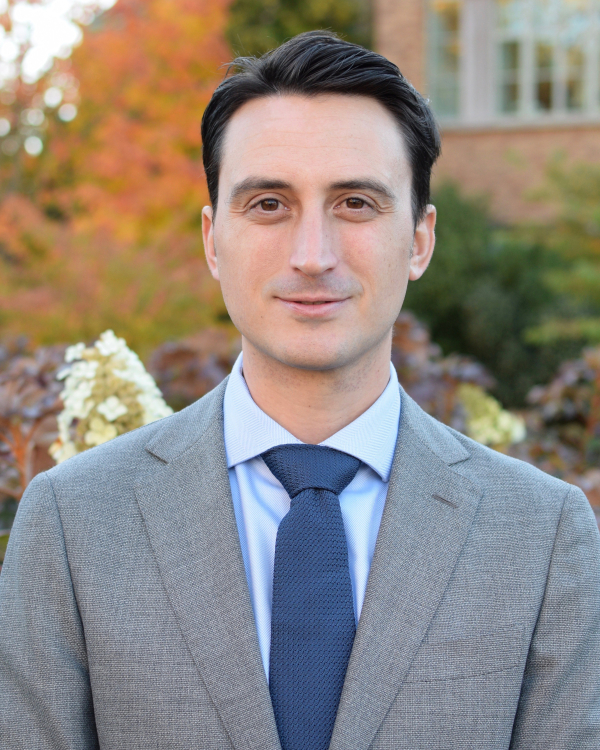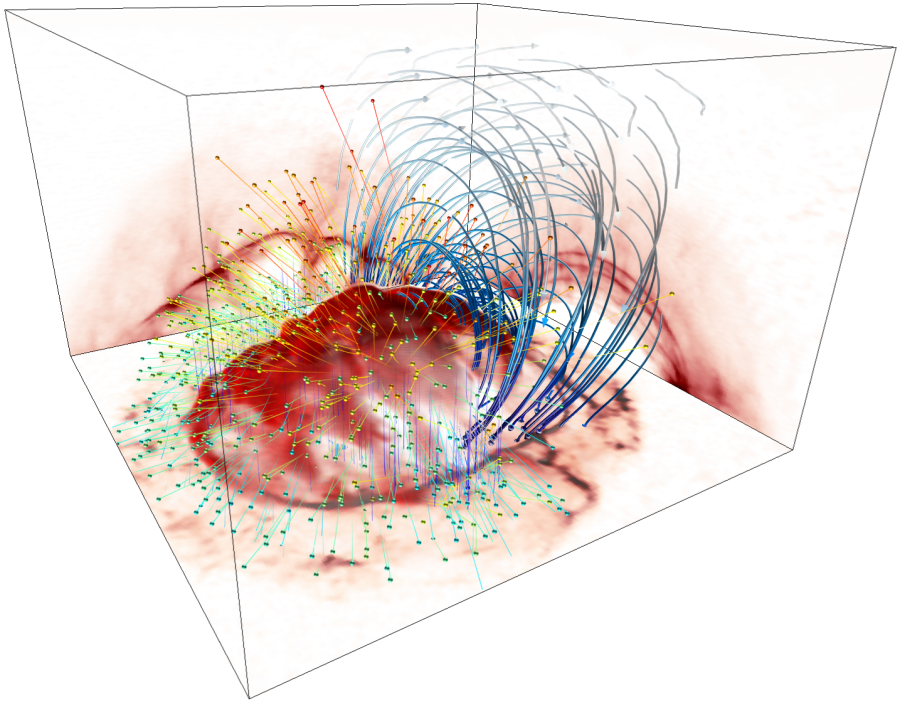Clarice Mauer
November 1, 2023
Little’s award is for research on extracting power from solar winds on the lunar surface.

A&A assistant professor Justin Little is a 2023 recipient of the prestigious Young Faculty Award (YFA) from the U.S. Defense Advanced Research Projects Agency (DARPA). Little’s research on “Power Extraction from Mini-Magnetosphere Polarization Fields” proposes a method of extracting power from the action of solar winds against magnetic anomalies that exist on the lunar surface.
Current lunar power sources can be complex, expensive, and easily damaged by the harsh environment. This research could ultimately lead to power sources that are more robust, lower in cost and mass, and can be constructed primarily from materials found on the moon.
Little explains, “Our moon, unlike Earth, has very few opportunities for generating renewable power from natural resources. But it turns out that the solar wind deposits hundreds of megawatts of power into regions called magnetic anomalies that were formed long ago on the lunar surface. A mini-magnetosphere that results from this interaction acts like a battery, storing energy from the solar wind. Our research hopes to answer the question: can we tap into the energy contained in a mini-magnetosphere plasma to achieve net positive power production?”
Little’s successful YFA proposal will have him working with DARPA Program Manager Michael Nayak, who is also the program manager of two recently announced lunar initiatives from DARPA – the 10-year Lunar Architecture (LunA-10) capability study, and the Lunar Operating Guidelines for Infrastructure Consortium (LOGIC). Both LunA-10 and LOGIC are examining lunar power, among other topics.

Mini-magnetospheres near the lunar surface form by the interaction between the solar wind and magnetic anomalies. This research will examine the feasibility of using these magnetospheres for generating power on the moon. Image credit: epp.golp, CC BY-SA 4.0, via Wikimedia Commons.
Little adds, “Funding from this award will enable my lab team to examine the concept using both numerical simulations and experimental testing. The ultimate goal is to understand the physics of the problem well enough to be able to say whether or not a system like this is feasible, and to provide an estimate of how the size, mass, and cost of the system scale with power. I am honored to have been chosen for this award and am very excited about the research that it enables.”
About the DARPA Young Faculty Award
This award highlights rising stars in junior research positions who receive funding, mentoring, and industry and Department of Defense contacts to further develop their research in the context of national security needs.